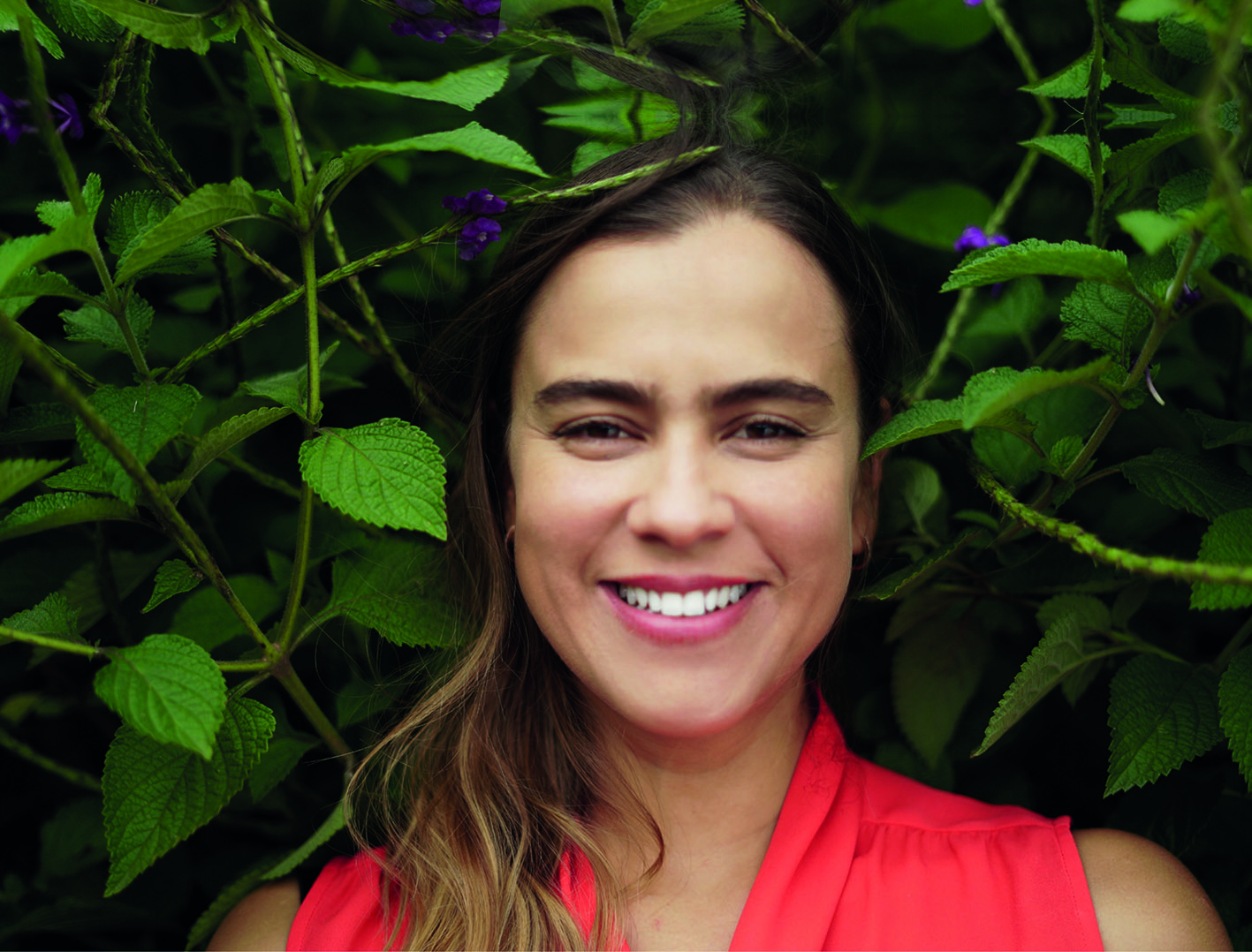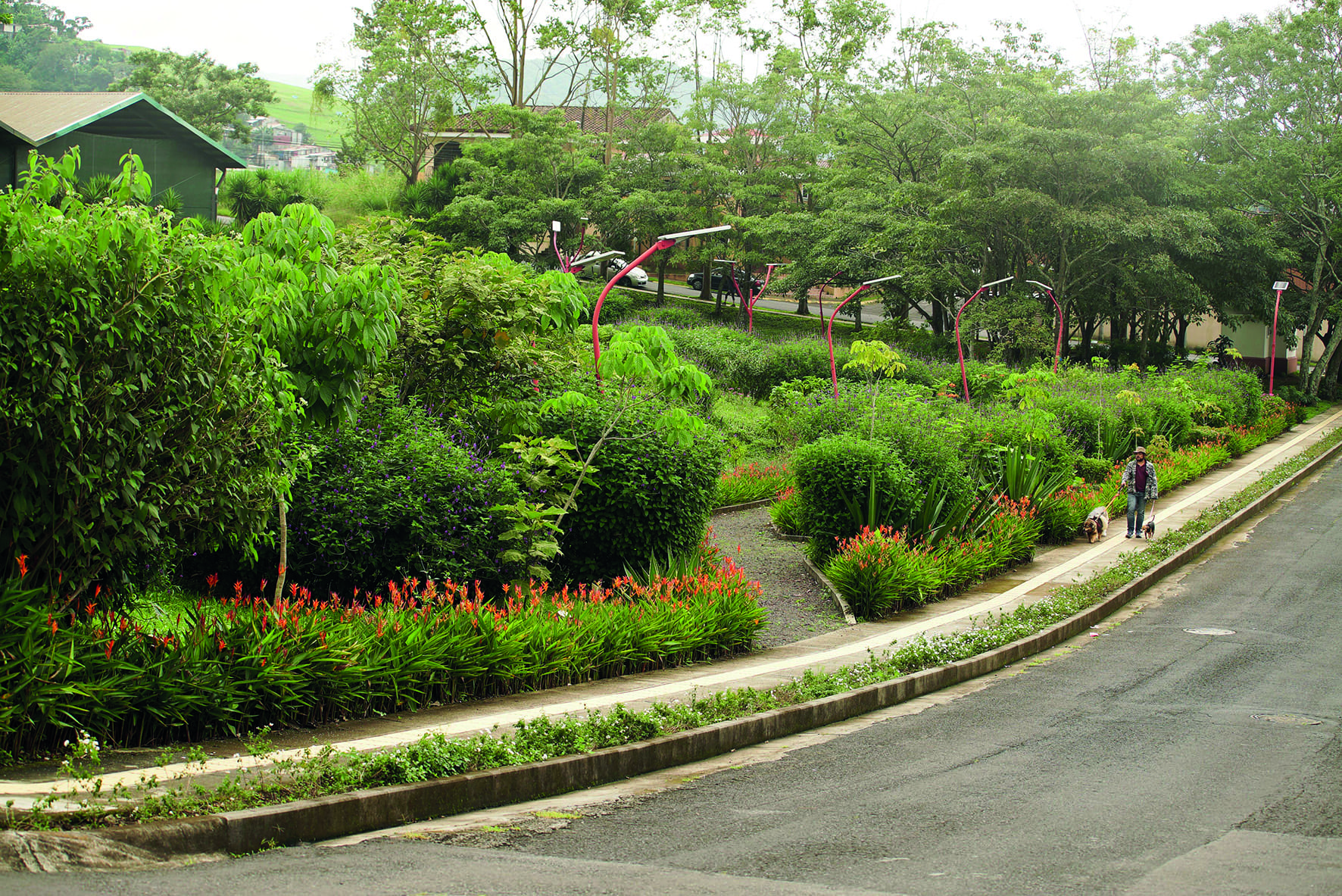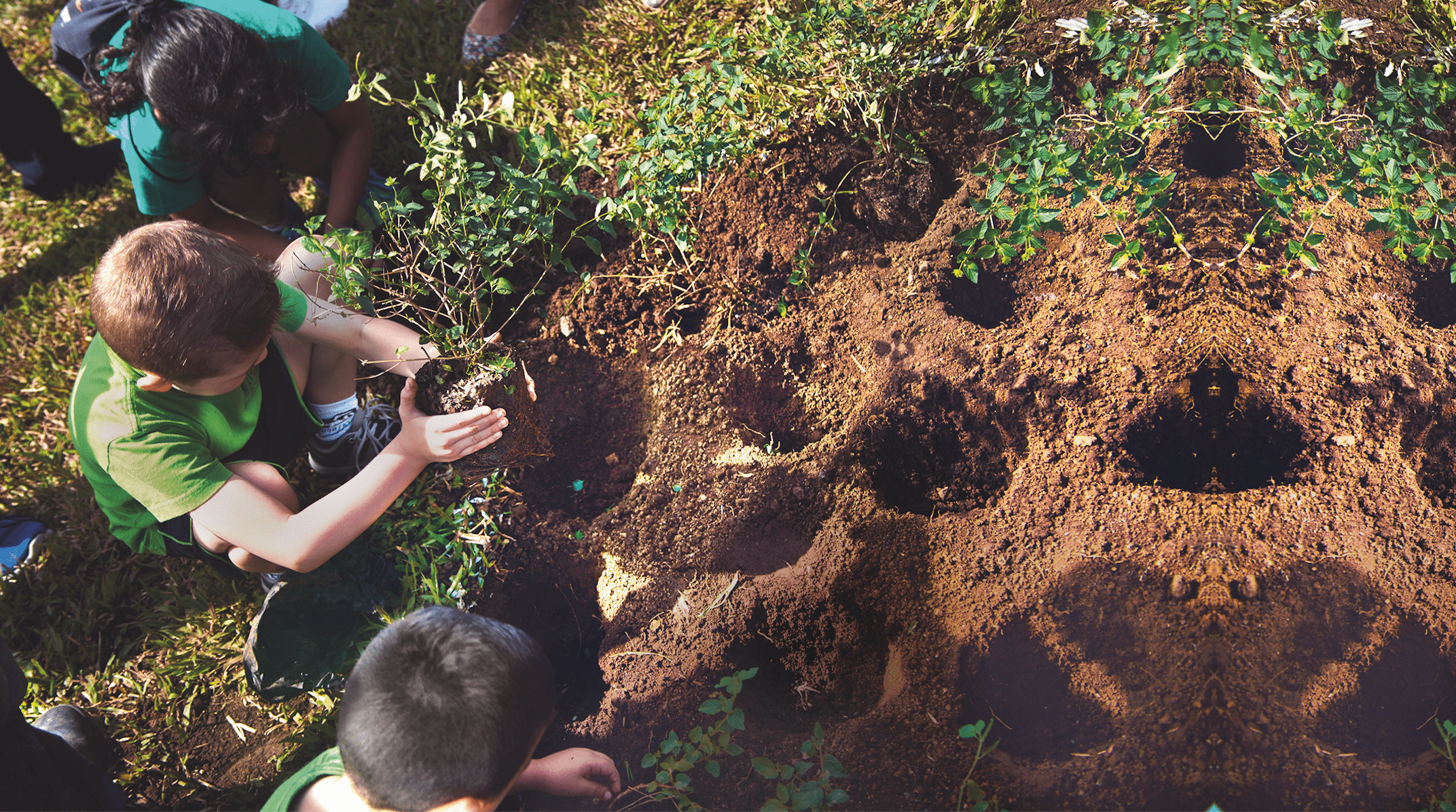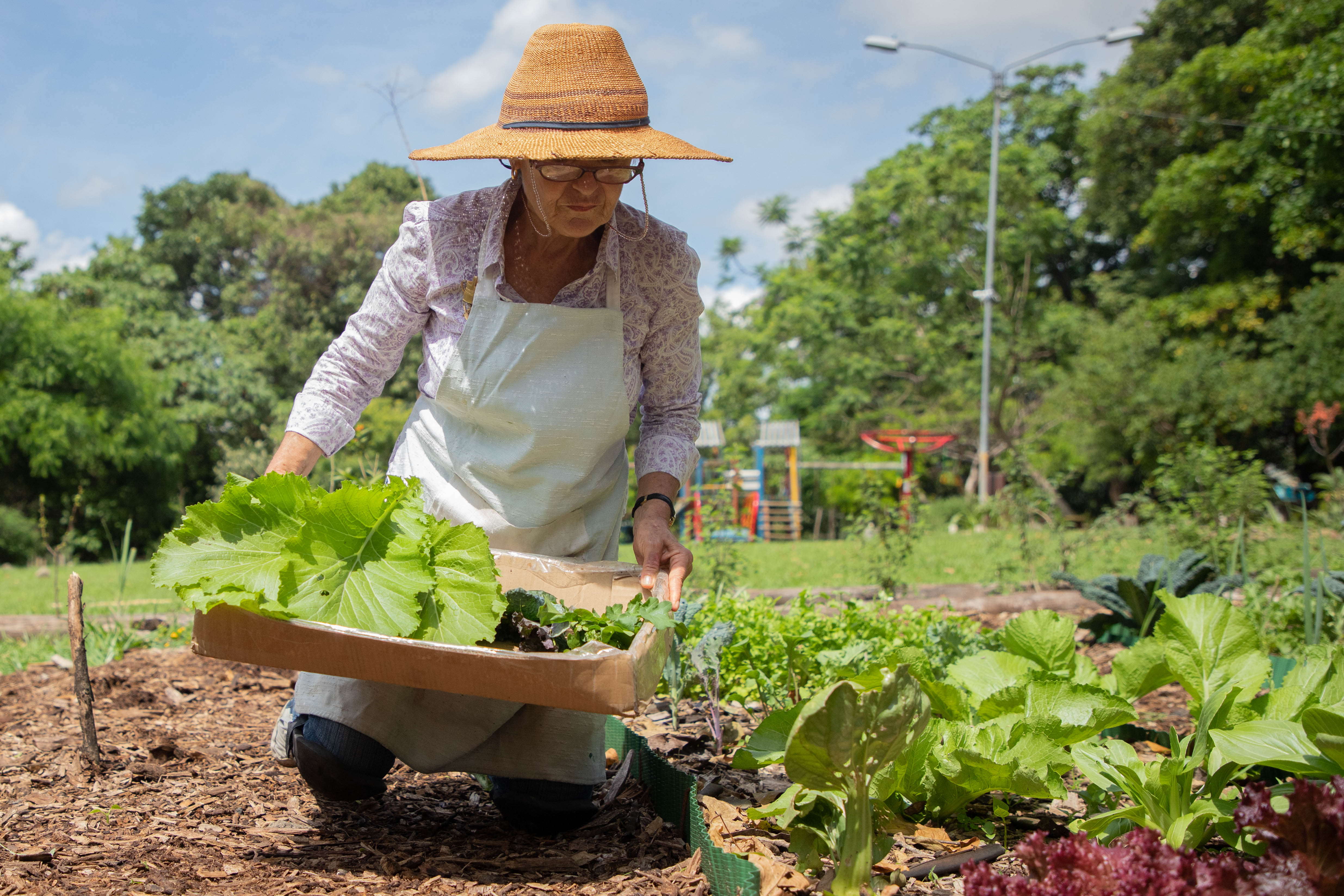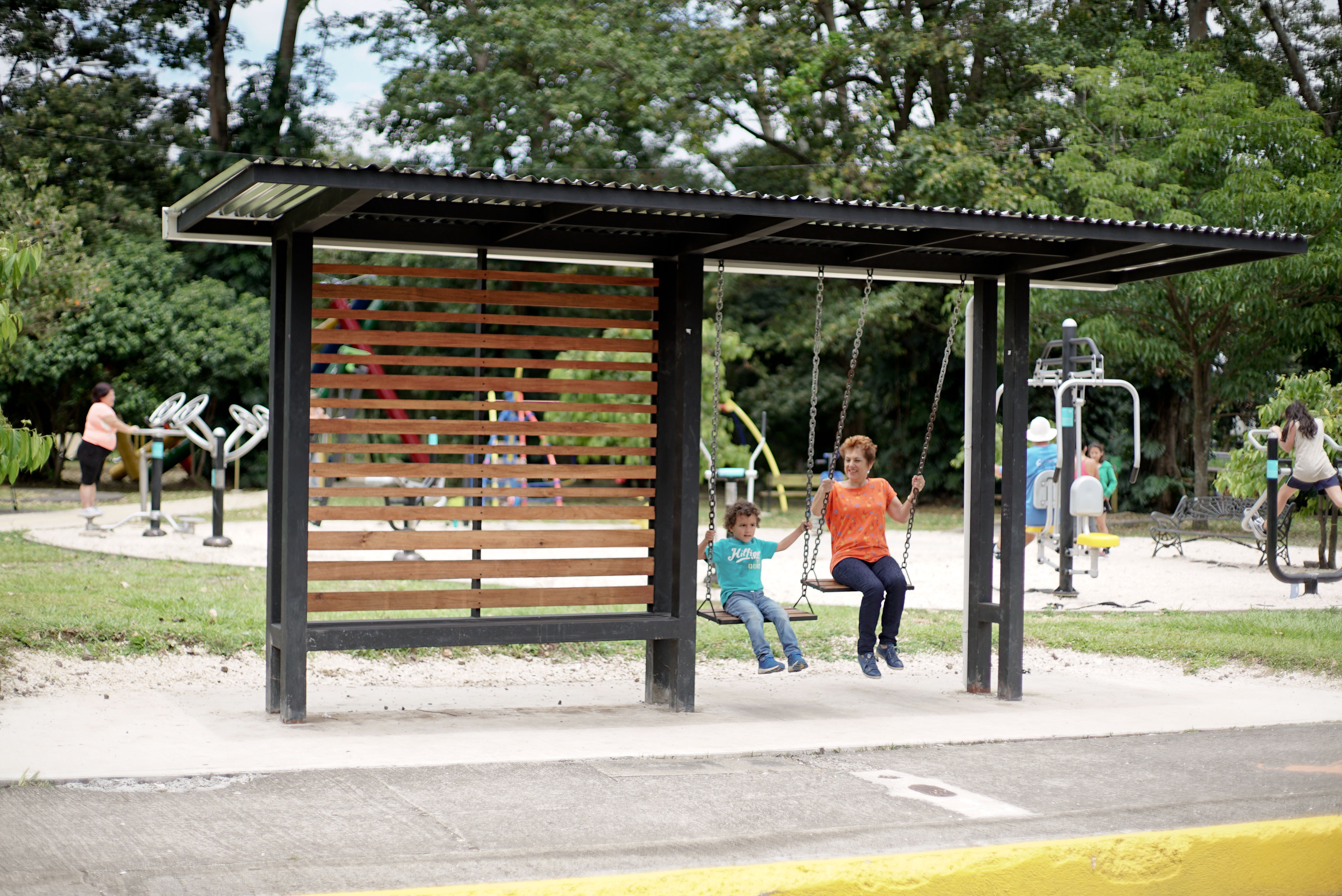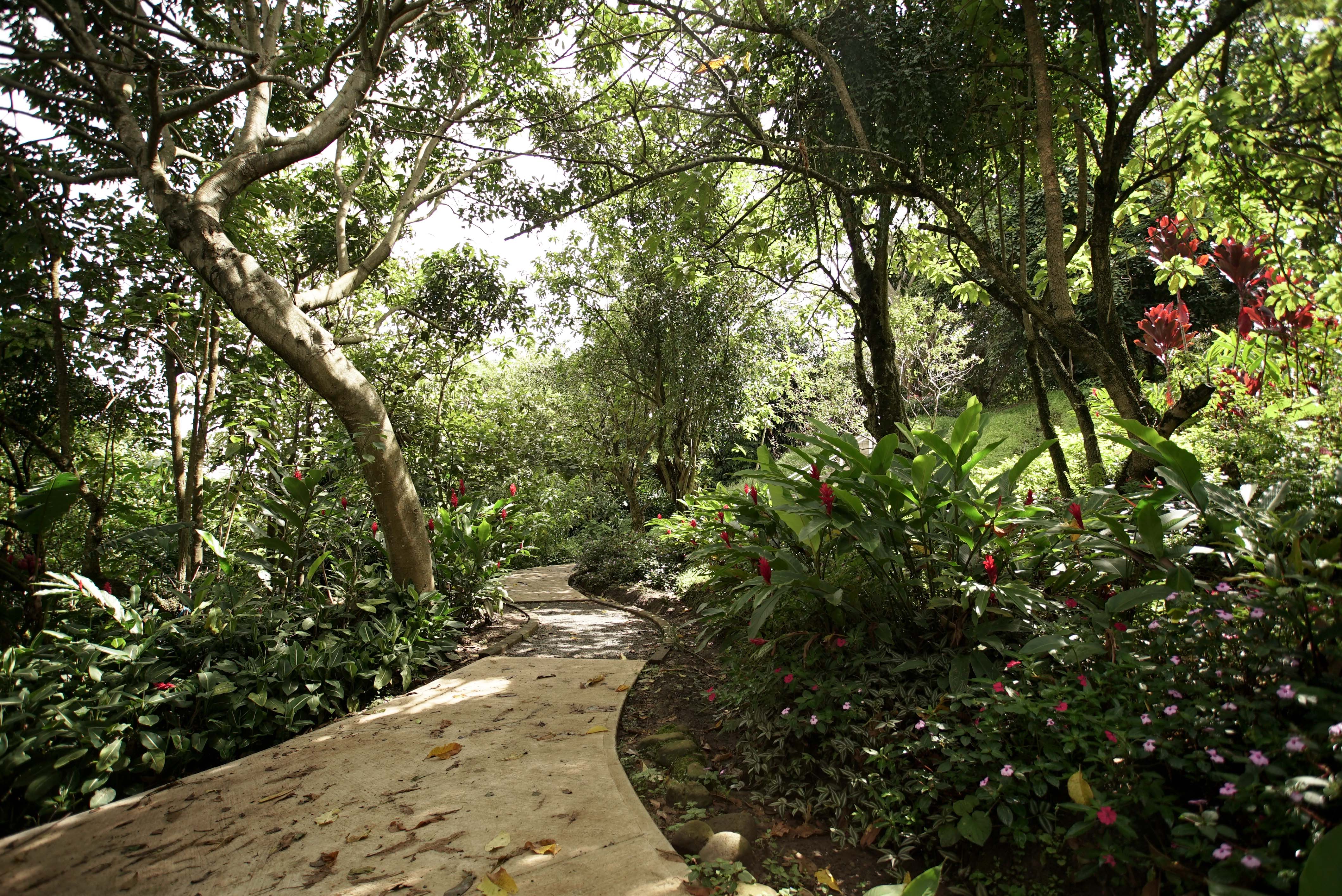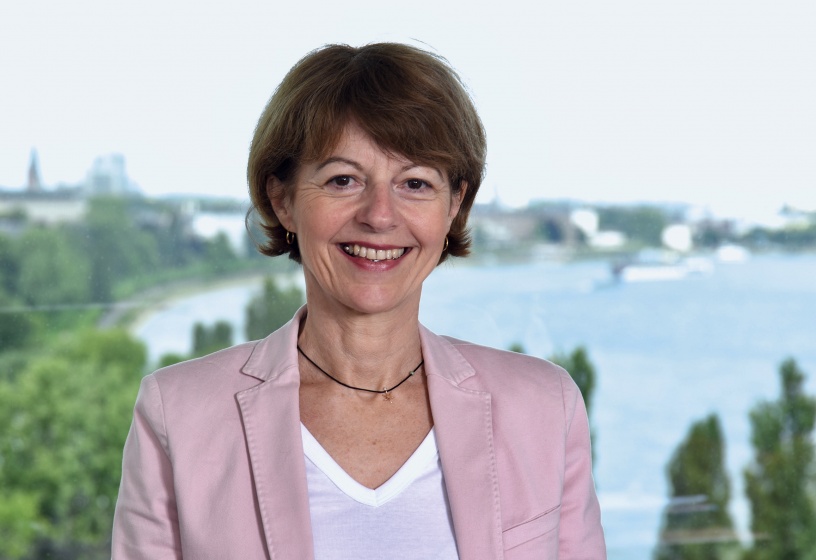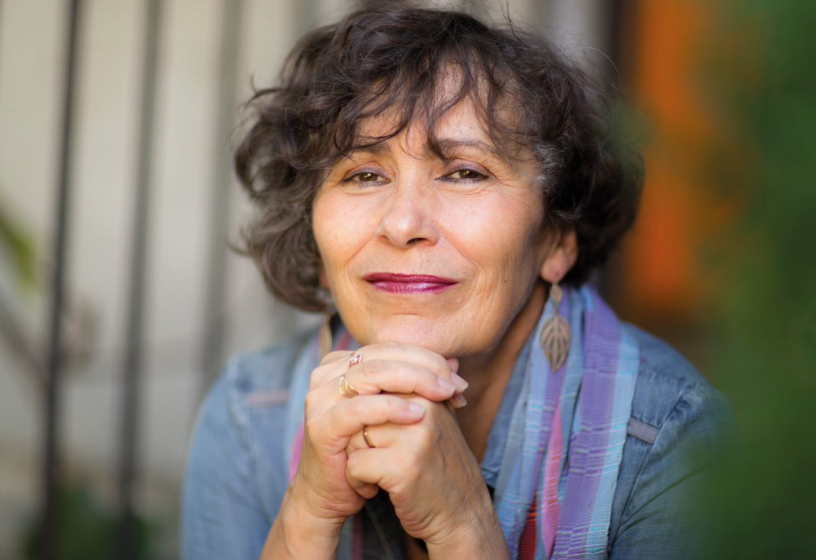In "Ciudad Dulce", Costa Rica's "Sweet City”, pollinators, hummingbirds, trees and endemic plants now have a prominent place in the city's development. An innovative urban project, awarded the Wellbeing Cities Award of 2020, recognises the impact of biodiversity on the well-being of its citizens. Local authorities are invited to take into account the richness of life in all their decisions.
Although Costa Rica is at the top of international rankings in terms of biodiversity, praised for its preserved ecosystems and lush nature, this reality unfortunately stops short at the gates of urban areas. That's just it. This is the very ambitious challenge that the town of Curridabat, located not far from the capital of Costa Rica in the province of San José, has set itself. The challenge? To welcome biodiversity into the city and to integrate it into different sectors of its development through an innovative urban project, starting with bees.
"Ciudad Dulce", the sweet city, whose nickname refers to the pollinators that gather nectar from flowers. A new starting point for urban planning and a whole programme to explain to inhabitants, through a reconnection with the surrounding nature, the essential role that fauna and flora play in the development of a healthy city that smells good!
Credit: Municipalidad de Curridabat
The Curridabat pavement design plan includes a minimum greenery width of 50 cm to facilitate the movement of insects and other small animals.
Pollinators allowed
At the heart of these urbanisation plans, attention has been paid above all to the free circulation of butterflies, bats, hummingbirds and bees. The city has created "bio corridors", true links between various green spaces that allow these many pollinators to travel through parks and gardens, while encountering as few obstacles as possible. This "ecological connectivity" takes the form of patios, gardens or shared pavements, with a guaranteed minimum width of 1.5 m for pedestrians and 0.5 m of vegetated space for insects and other "fellow citizens". The 180 parks of Curridabat are now considered to be part of the city's infrastructure and include a number of "bee hotels" and nesting boxes. The municipality has also taken care to plant and reintroduce numerous endemic plant species in the region. This transformation of urban spaces makes it possible to benefit from numerous ecosystem services, with positive consequences for the quality of life of the inhabitants. Nature in the city contributes to carbon storage, to reducing ambient temperatures and more. Pollinators play an essential part in the development of flora, and therefore in the development and maintenance of soil and territory.
Redesigning the city alongside its ecosystems
Faced with large rural migratory flows, cities like Curridabat have had to adapt quickly to this growing population while being confronted with accelerated urbanisation processes as a matter of urgency. In response to the challenges posed by this urban upheaval, a territorial analysis was launched over several years in Curridabat to better understand the experiences of living in the city. The Sweet City vision, launched in 2015, is now having an impact. By recognising the interdependence between people and biodiversity, this extraordinary project overcomes the long standing antagonism between city and nature that has characterised traditional urban development and led to massive land artificialisation and unsustainable resource use. A new water management was thus imagined with theaim of designing public space according to the dynamics of water. This concept of the "sponge city" tends to delay, retain, store, then reuse or evacuate rainwater only when necessary. It is a matter of adapting the city to the rivers and streams running through it and using the area’s ecosystem respectfully and without counteracting it, as would be the case with traditional drainage systems. This same philosophy is found in soil management. In redesigning the use of land in its urban development, Curridabat seeks to avoid sealing the land by encouraging biodiverse vegetation, preserving riverbeds and considering soil as a vital local resource, promoting organic farming practices, reusing organic waste... Focusing on renewable energy and a limited use of natural resources, the city wishes to be part of the cyclical model of the environment with which it coexists.
Credit: Municipalidad de Curridabat
A holistic approach
Contact with preserved ecosystems is a source of well being, and a majority of the city's inhabitants claim to be in direct contact with nature at least six times a week. But this is not the only pillar on which the town of Curridabat has based its restructuring. The current 5-year (2018 - 2022) municipal "Sweet City" plan has been developed along five dimensions of well-being, thus covering the overall experience of a citizen: biodiversity, infrastructure, habitat, coexistence and productivity. This last dimension aims to transform the city into a productive urban ecosystem capable of generating its own resources such as electricity or food. The objective is to reverse the trend of cities underestimating their production capacities and depending on rural areas. Biodiversity is thus approached as the basis from which all other aspects of development can emerge. To this end, the municipality has dedicated itself to the implementation of seven main projects: water management, soil health restoration, public places safety, transport improvement, sensible eating promotion, paying attention to the mental health of citizens and local and participatory governance consolidation. A programme that aims to turn the tide and move the city away from an intensive consumption and extraction model towards productive urban ecosystems. A city that aims to transform itself completely... and to think it all started as a simple story about bees.
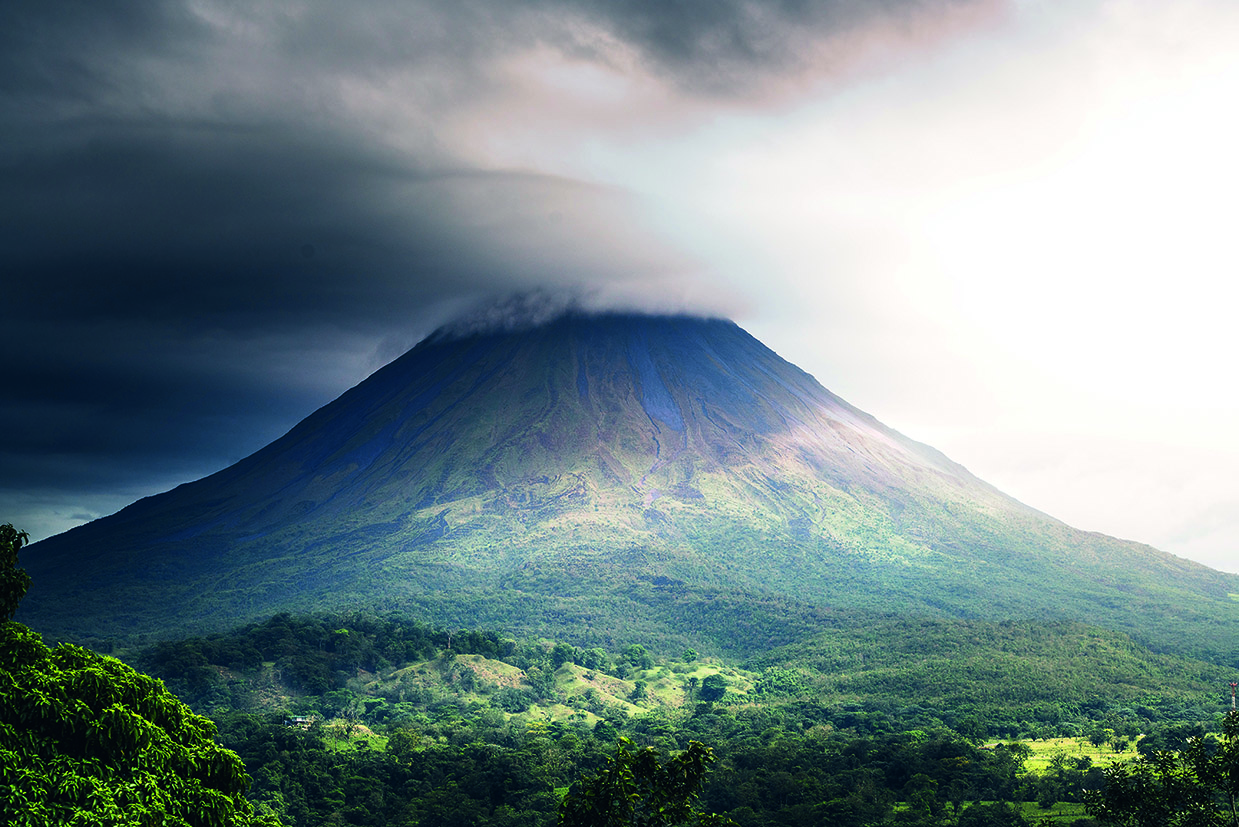
A country that leads the way
Well known to nature lovers, Costa Rica, which covers only 0.03% of the planet's surface, is home to around 6% of the world's flora and fauna. A treasure trove of biodiversity that the country, a forerunner in ecotourism, intends to protect and conserve, well aware that this natural heritage contributes greatly to its GDP, industry and employment. Consecrated Earth Champion by the United Nations in 2019 for its pioneering role in the fight against climate change, the country presented its new national economic and social development model on 3 July 2020: Costa Rica + Natura. This programme, funded by Europe, aims to strengthen and consolidate the country's biodiversity through various initiatives to protect the fauna and flora. The aim is to integrate biodiversity into all sectors of economic activity (transport, energy, culture and education) and to pave the way to a total decarbonisation of its economy by 2050.
BioAlfa: a library dedicated to biodiversity In June
2019, a 10-year pilot project was launched in Costa Rica: BioAlfa (short for BioAlfabetizado). Two American ecologists lead the project: Daniel Janzen and Winifred Hallwachs. Their ambition? They want the country to become the world's most "bar-coded" country through the identification of 80 to 90% of its biodiversity (nearly a million multicellular species) and by making this information accessible to all. A way of popularising scientific data and educating the population about biodiversity.
MEET WITH
Irene García Brenes
She is a counselor for the city of Curridabat, where she leads the innovation team of the “Ciudad Dulce” urban project.
This experienced urban planner has designed a model for a livable city by reinviting biodiversity into the urban landscape.
MEET WITH
Irene García Brenes
She is a counselor for the city of Curridabat, where she leads the innovation team of the “Ciudad Dulce” urban project.
This experienced urban planner has designed a model for a livable city by reinviting biodiversity into the urban landscape.
INTERVIEW
Sustainability MAG : You are at the origin of Ciudad Dulce! What role have you played and continue to play in the development of this ambitious urban project?
Irene García Brenes : The adventure began in 2015. I felt the need to get involved on a larger scale in the development of Curridabat and I made a proposal to the mayor. The idea was to make an inventory of the many ecosystem services that a city can offer, and to prove that the well-being of the inhabitants starts with a balanced relationship with nature. Originally, it was nothing more than an unfunded project to bring bees back to the urban environment. Today, it has grown into an ambitious multidimensional development strategy called "Sweet City". My role has been to reintroduce science into public policy and to build a multidisciplinary innovation team. From a simple idea, the project became a city vision and eventually a political proposal that won the elections.
You talk about bees, pollinators and all living things as citizens in their own right. How important are they in the organisation of the city?
The city aims to ensure the well-being of all its inhabitants, whoever they may be. We argue that biodiversity and ecosystem services underpin the prosperity of a place and are key factors in tackling the challenges of our time, such as climate change or the prevention of zoonotic pandemics. Biodiversity has an essential role to play in our societies, as well as rights to be respected.
Credit: Municipalidad de Curridabat
So this is the "One Health" logic that you are defending, where humans, animals and the environment’s health are intrinsically linked.
Absolutely! In concrete terms, thanks to UN funds, we have developed a vegetable garden and a greenhouse to grow our own local produce. The idea is to share with the inhabitants knowledge about local plants, their benefits, how to grow them and how to preserve them. This is also linked to our zero waste and urban garden ambitions. This programme aims to provide citizens, from disadvantaged communities in particular, with the skills to lead a healthy and balanced life. We emphasise the importance of taking care of one's mental health by having a good diet and being in contact with nature. Mental health is definitely one of the determinants of well-being and happiness, and should be a primary objective and indicator of social progress for any government. For policy makers, paying attention to well-being also means avoiding future expenses related to diseases or pathologies by providing citizens with the knowledge and means of prevention.
Do you have any other projects underway, especially in the social field?
Yes, for example, the city of Curridabat is working hard to support its retirement homes. This close collaboration between the local authorities and the public institutions for the elderly has led us to being officially recognised as a town suitable for the elderly. We also have a specialised centre for the care and treatment of elderly alcoholics and drug addicts. Finally, we are building, with the help of public and private funds, a day care centre for the elderly, focusing on mental health disorders and using nature as a therapeutic tool.
Credit: Municipalidad de Curridabat
In concrete terms, how do you evaluate the effects of your policy?
The municipality of Curridabat has tried to design a system to effectively evaluate the impact of its different actions on the territory. To do this, the council has teamed up with the Ecological Modelling Unit (EMU) of the Tropical Agriculture Research and Higher Education Centre, which specialises in research into the anthropogenic impact of climate change. The EMU has set up a bespoke monitoring system that includes 26 indicators, of which 15 have been studied to date. In addition, a tool to measure citizens' sense of life satisfaction has been implemented and shows promising results with regard to better contact with nature and urban well-being.
Curridabat is an unusual model. Have other cities already been inspired by Ciudad Dulce?
Yes, a big part of the city's work is to share the initiatives that are being developed with other Costa Rican municipalities, government institutions such as the Ministry of Education, or even cities abroad. The official municipal "Sweet City" plan has been adopted as public policy and has demonstrated its potential to become a new development model for small and medium sized towns. Many cities in the world have the same characteristics as Curridabat: small, without urban planning and facing rapid growth due to urban migration. However, it is usually these types of cities that have a lot of natural wealth and therefore need to be managed effectively to maintain their potential for sustainable prosperity. The Curridabat model can thus hope to redefine the role that small and medium-sized cities play on the global stage. Since 2019, the city has been collaborating with, among others, the city of Chiapas in Mexico, which has created its "Dulce Bienestar" model. It is certain that our first prize in the New Cities Award competition in the category "Priority to wellbeing" has brought us recognition and prestige. Not only that, this year we also received a Charter Award from the CNU (Congress for New Urbanism) and the "Pet Friendly City Award".
Where to start if we wish to transform our city into a "sweet" one?
The first step is to define a path to follow, a vision of the city according to its characteristics, its geographical position and its needs. We must ask ourselves this question: how can an organisation, a city, add value to the planet instead of taking it away? Whatever the answer, we need to start working from a bottom-up, participatory project. It is always possible to take inspiration from or copy certain tools developed by other cities, but it is obviously crucial to adapt them to the concerned area.
Credit: Municipalidad de Curridabat
To be read also in the dossier "Life in free fall: no more denial?":
